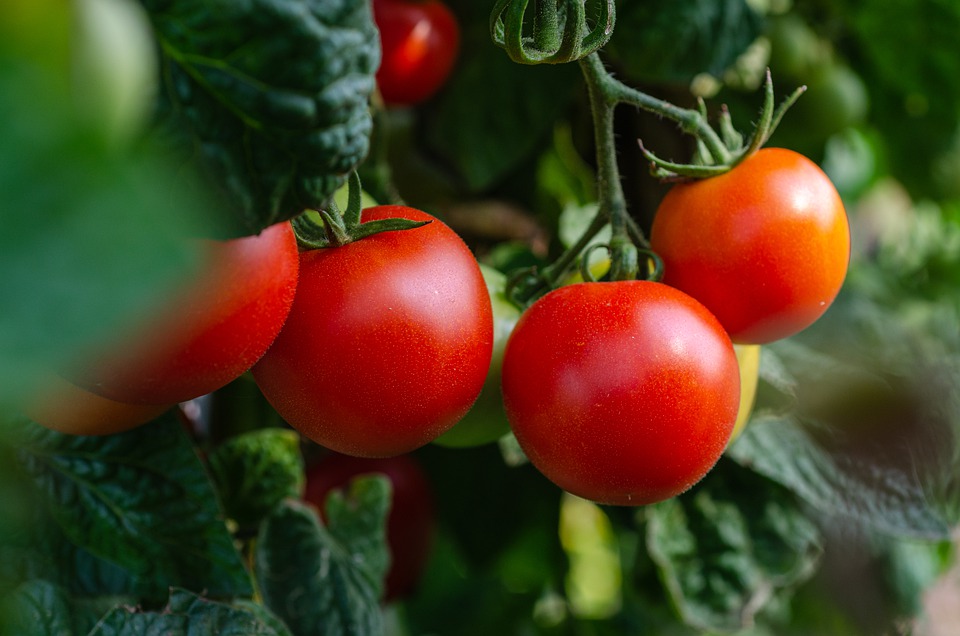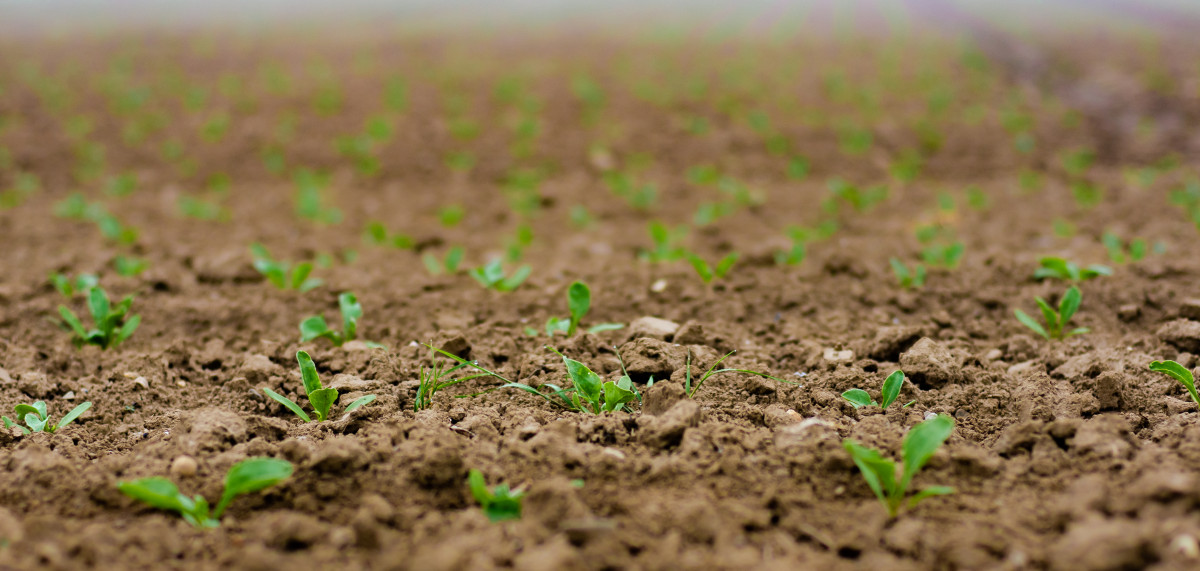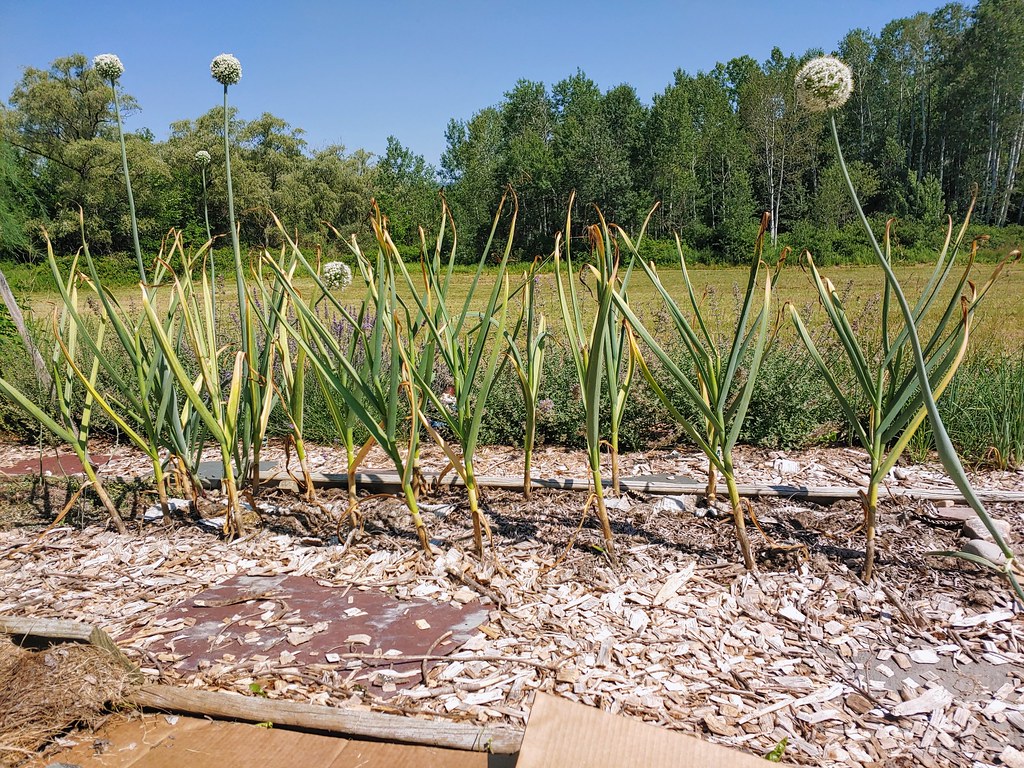Having a vegetable garden at home is a great privilege because you have the opportunity to combine your passion with your job. A vegetable garden consists mainly of vegetables, fruits, and aromatic plants. But how to make a vegetable garden? The answers are in the following article.
Choosing the Vegetables
Choose vegetables that you want to have on your plate during the summer. It is also advisable to find out which vegetables grow best in your area due to the climatic conditions. Also, it is best to plant varieties of vegetables so that you can harvest them in different seasons.
Finding the Right Location
You need to put your vegetable garden in a sunny place all the time so that your vegetables can grow normally. Also, the location must have soil free of roots or stones. Choose a well-drained site with fertile soil. If not, create a flowerbed above it.
Setting up the Vegetable Garden
It is vital to arrange the place for each vegetable to develop properly until it matures. For example, squash and pumpkins take up quite a lot of space, unlike potatoes and carrots. Then, you must align them well to better identify them from each other. Also, make a passage between the rows to move freely in the garden.
Prepare the Necessary Equipment
Here is a list of things you should get from a nursery or garden center:
- seeds and seedlings
- fertilizer to accelerate growth
- mulch and/or soil to protect your vegetables
- an insect repellent
- a ruler to measure the depth of the holes
- a garden hose with a pressure regulator
- a plant fence to delimit your plot, and to prevent rodents from nibbling your vegetables
- a shovel, spade, and rake to dig holes and turn over the soil in a small vegetable garden
- a plow to turn the soil in a large garden (available for rent)

Prepare the Soil
First, mix the fertilizer into the soil, distributing it evenly. Next, remove any large stones in the ground, so the roots don’t become entangled. Finally, take the time to test if the amount of organic matter and nutrients in the soil is sufficient and if the soil is acidic enough.
Planting the Seeds
Make holes of various sizes depending on the type of vegetable you want to plant. Add fertilizer to each hole and gently place the seedlings inside, then cover them if necessary.
Watering the Garden
Be careful! Water for the first few weeks as the vegetables take root, ideally every day, to keep the soil moist. Do not water your garden at night, as the water may not be absorbed and evaporate, which will cause mold.
Weeding the Plants
First, make sure other plants are not taking advantage of the fertilizer and watering when the vegetables start to grow. Then, pull weeds down to their roots and remove them from your garden, so their seeds don’t grow.
Harvesting Wisely
The time between planting and harvesting varies from 12 weeks to 50 weeks, depending on the type of vegetable. To even out the growth in your garden, harvest the ripest ones first.

Maintain Vegetables
Continue to fertilize and water your vegetables to ensure their continued development throughout the summer. Also, be sure to keep pests away from your vegetable plants.





